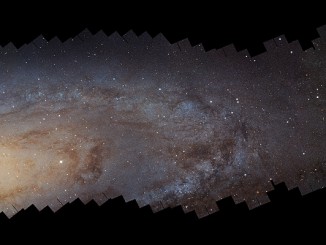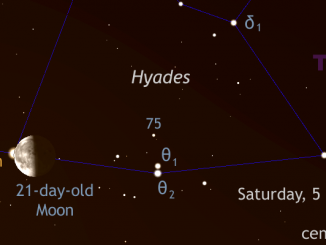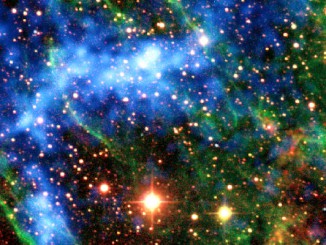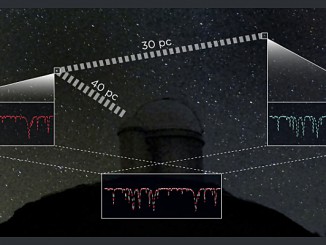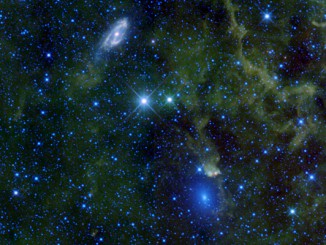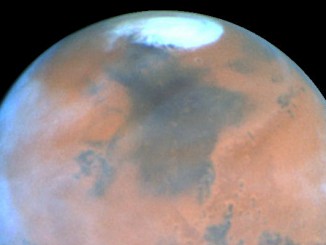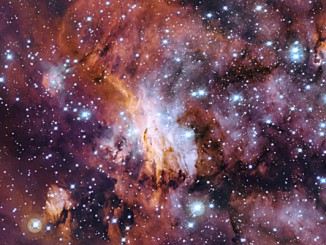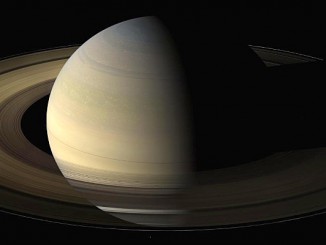
One of Saturn’s rings is not like the others
NASA’s Cassini mission scientists were watching closely when the Sun set on Saturn’s rings in August 2009. It was the equinox — one of two times in the Saturnian year when the Sun illuminates the planet’s enormous ring system edge-on — providing an extraordinary opportunity for the spacecraft to observe short-lived changes that reveal details about the nature of the rings.


